I grew up on the Connecticut shore of Long Island Sound. I thought of the water as an ocean, and swam in it at every opportunity. I traveled up and down the eastern seaboard up through my twenties, and experienced the Atlantic Ocean unbuffered by Long Island. However, nothing prepared me for the fierce and incessant energy of the Pacific Ocean.
I naively moved west thinking that I would regularly swimming along northern California’s coast. Happily, I received plenty of warning before diving in: the undercurrents, the rip tides, the sneaker waves, and the occasional sharks. And of course the icy temperatures, which mean a stiff and heavy and expensive rubber swimsuit from head to toe. This latter part really put me off. Part of the allure of swimming in the ocean is being naked or at least near naked and getting completely wet! Also, swimming is not really a thing here. There are no small islands or reefs to swim to, no boats moored offshore, no rafts or spots to pull out.
For the past six years or so, I’ve spent an inordinate amount of time down at the shore, mostly peering into tide pools. I’ve photographed the coast during winter storms, and spent hours watching harbor seals weave through the kelp. But this past summer, after more than twenty years since moving to this coast, I finally went in. Once a week, at 9:30 am, a small group meets at a cove in a state park, and goes out “bobbing.” Just hanging out in the Pacific, wearing wetsuits and snorkel gear. Twelve months of the year. The chief instigator of this group is a naturalist, an interpreter for the state park system, and has a good idea of what’s happening around us, no matter the season. It’s mesmerizing, in the best sense of that word. Harbor seals come to say hi, and herons look even more spectacular from out in the water. It feels so great to be IN the ocean, even in a giant thick layer of neoprene.
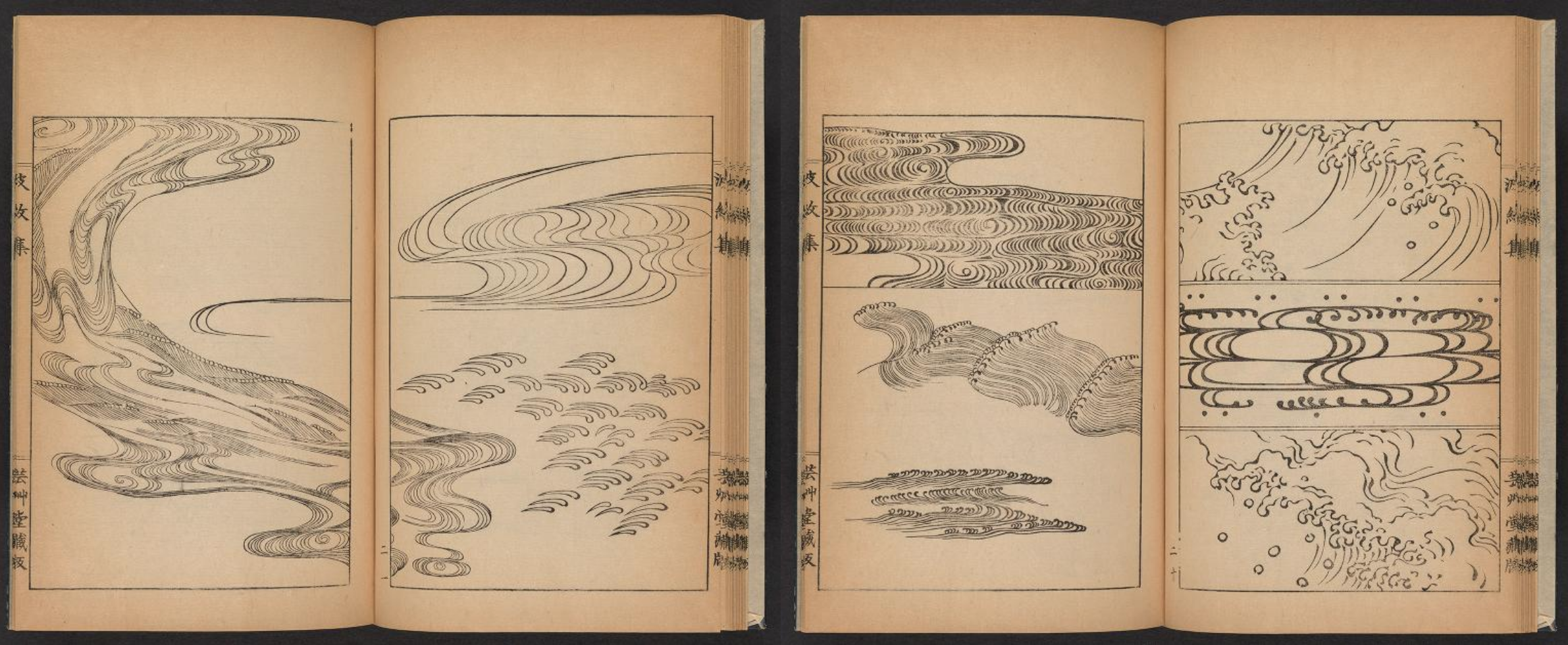
 This book was published in 1903 as a resource guide for water designs that could be used by craftsmen. The artist, Mori Yuzan, worked in the Nihonga style, which emphasized the beauty of traditional Japanese aesthetics during a period of infatuation with the west. I am infatuated with Hamonshū! I’ve shot thousands of photographs of waves along the Pacific coast over the past few years – 2485 on one day alone for
This book was published in 1903 as a resource guide for water designs that could be used by craftsmen. The artist, Mori Yuzan, worked in the Nihonga style, which emphasized the beauty of traditional Japanese aesthetics during a period of infatuation with the west. I am infatuated with Hamonshū! I’ve shot thousands of photographs of waves along the Pacific coast over the past few years – 2485 on one day alone for 
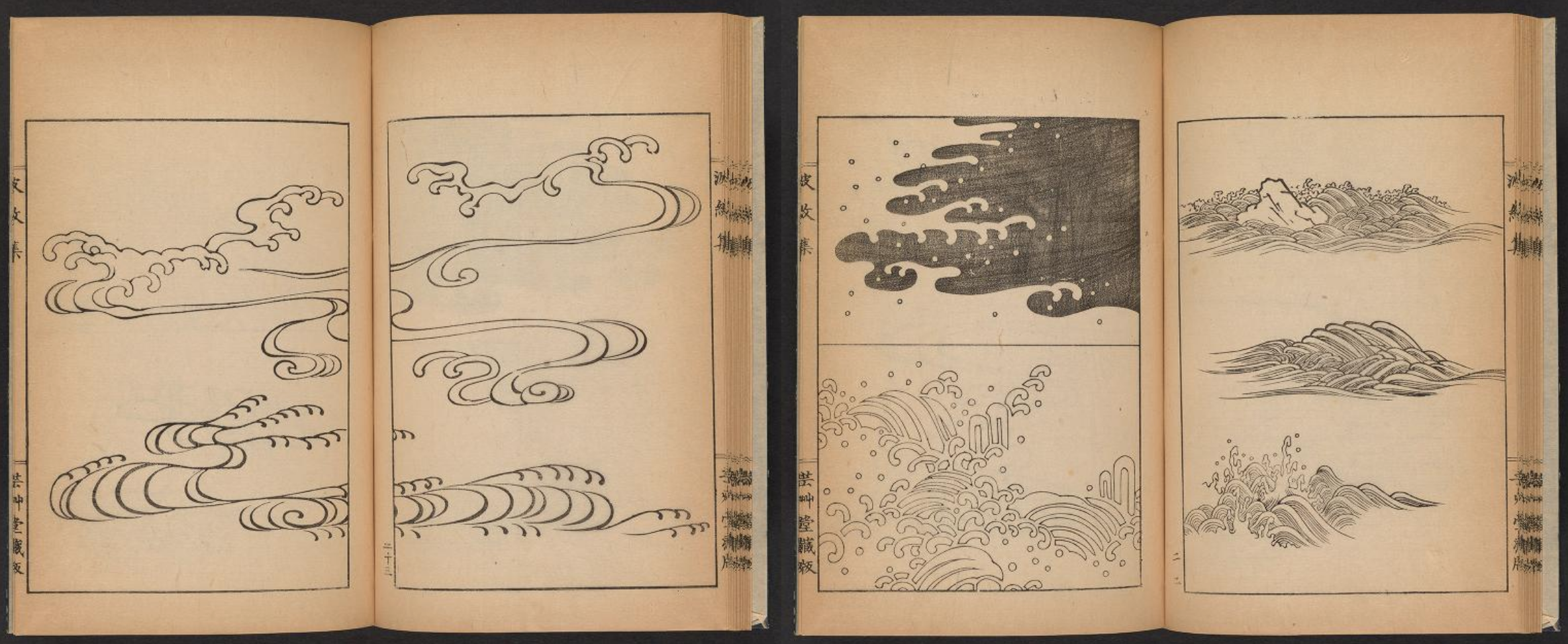

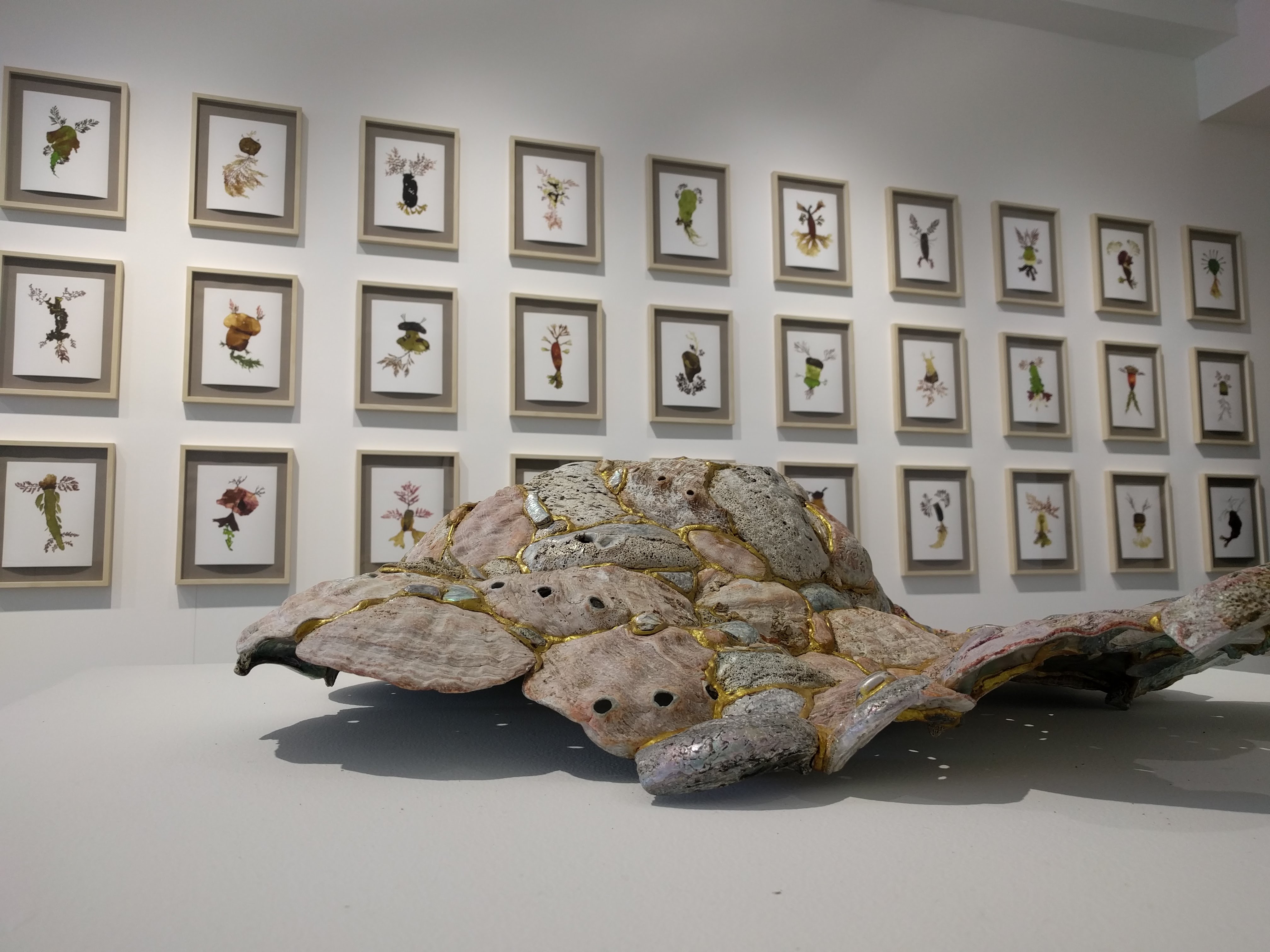
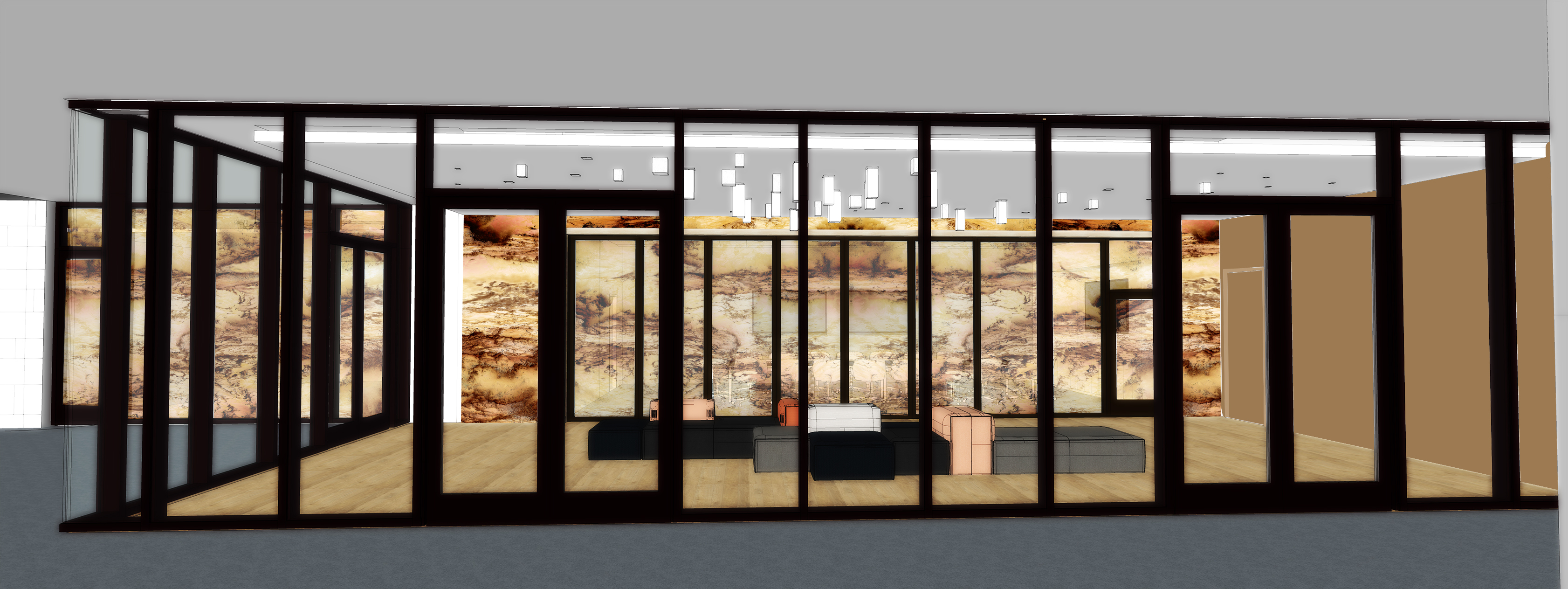
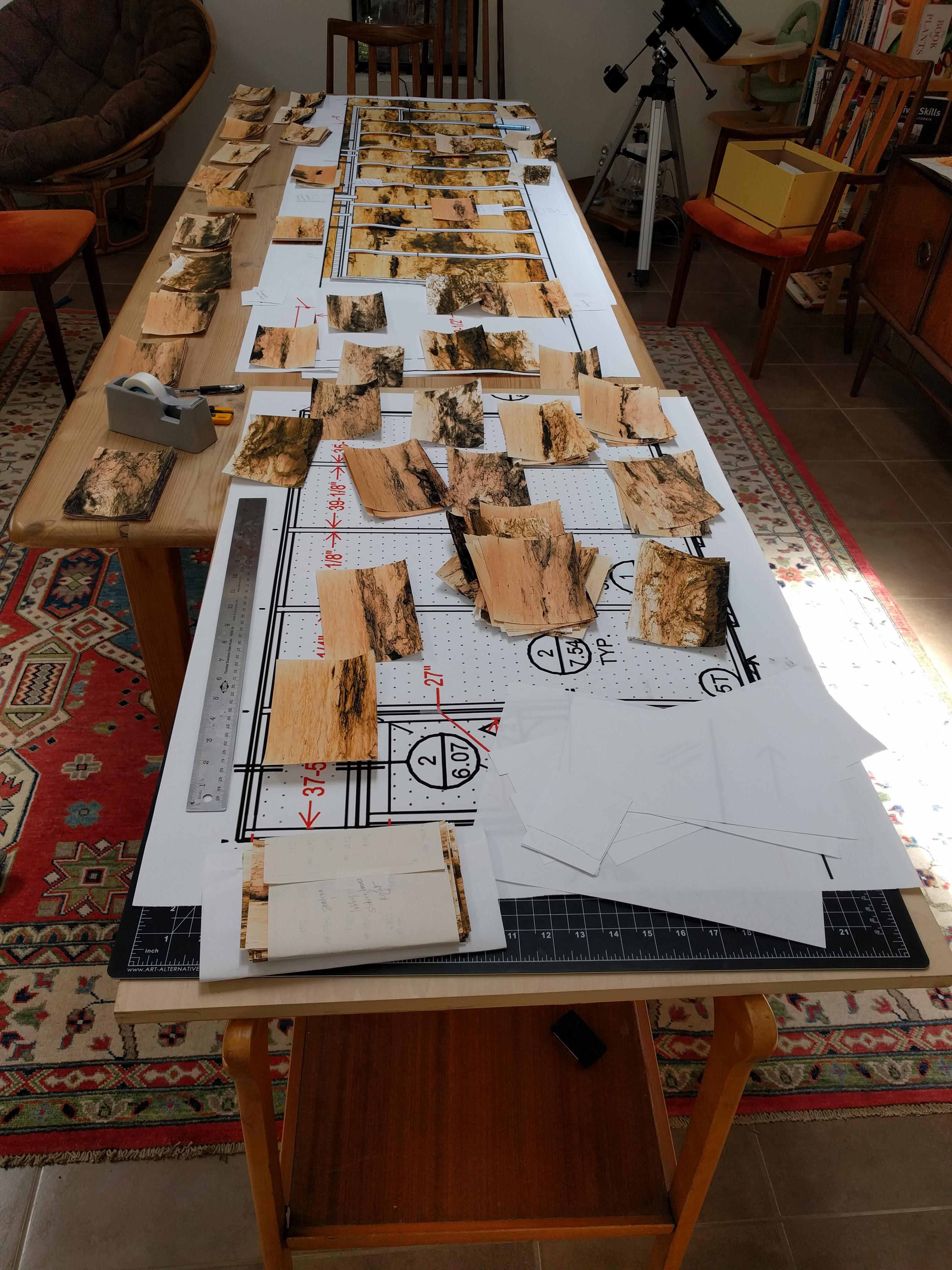
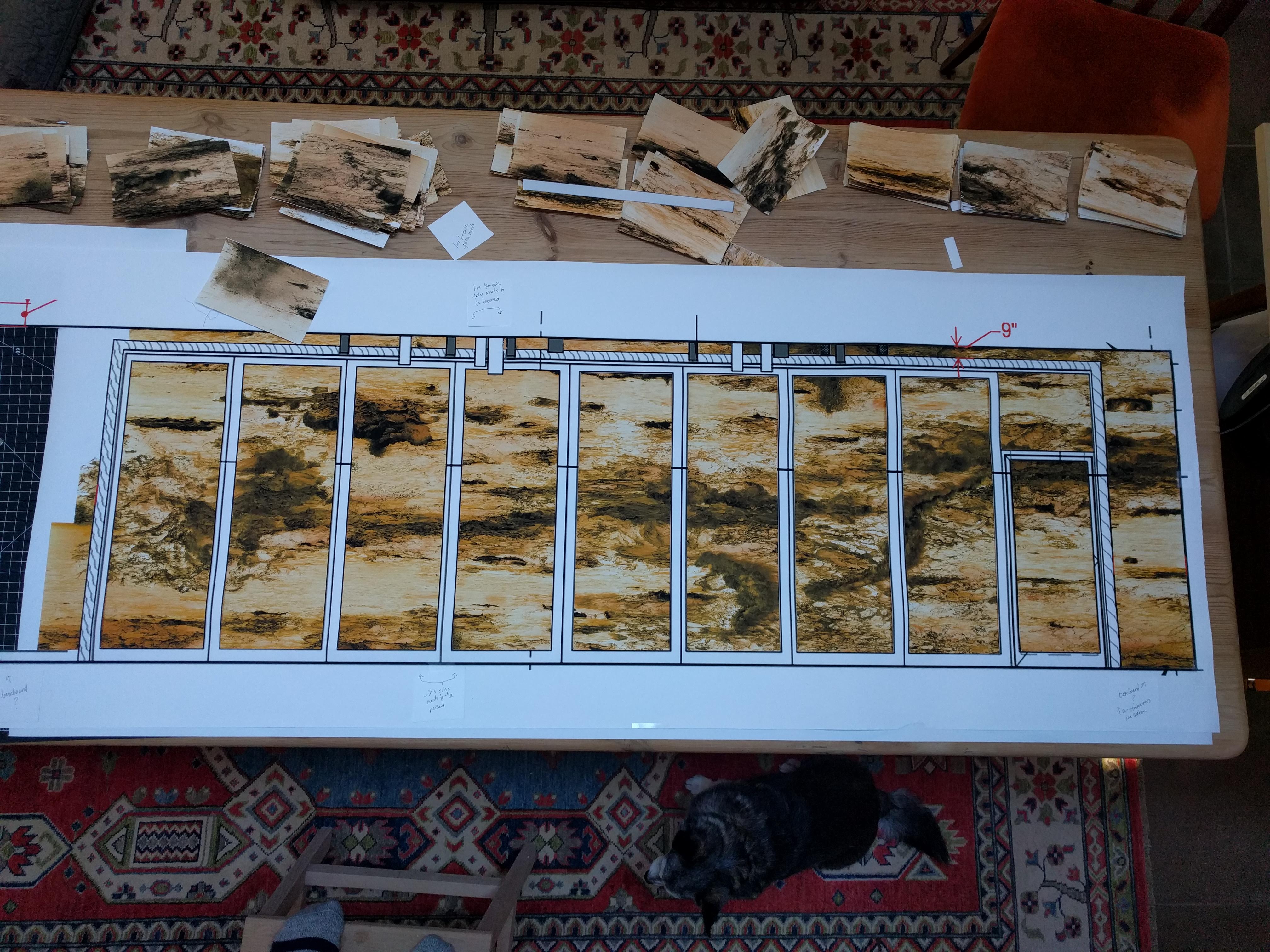

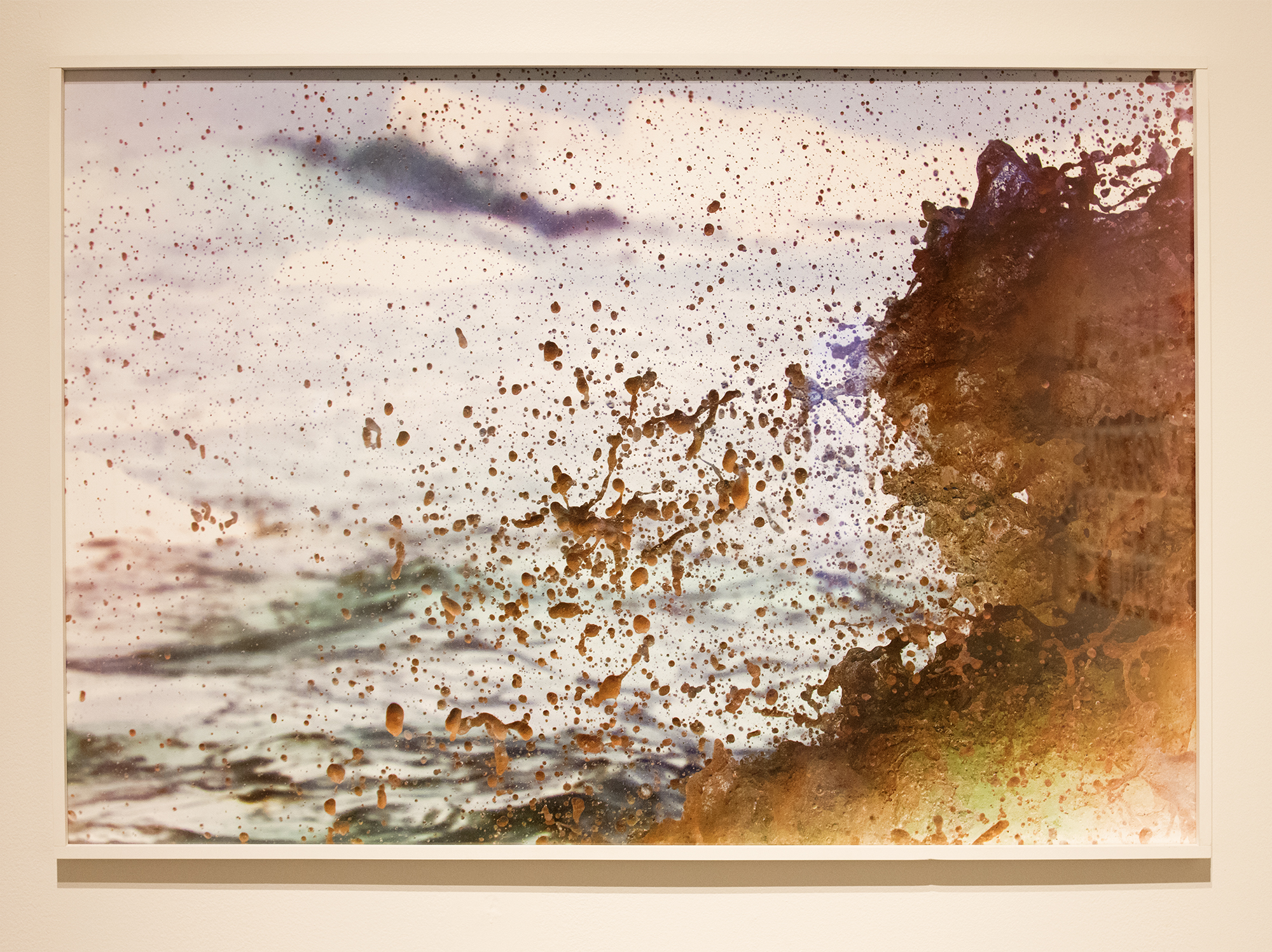
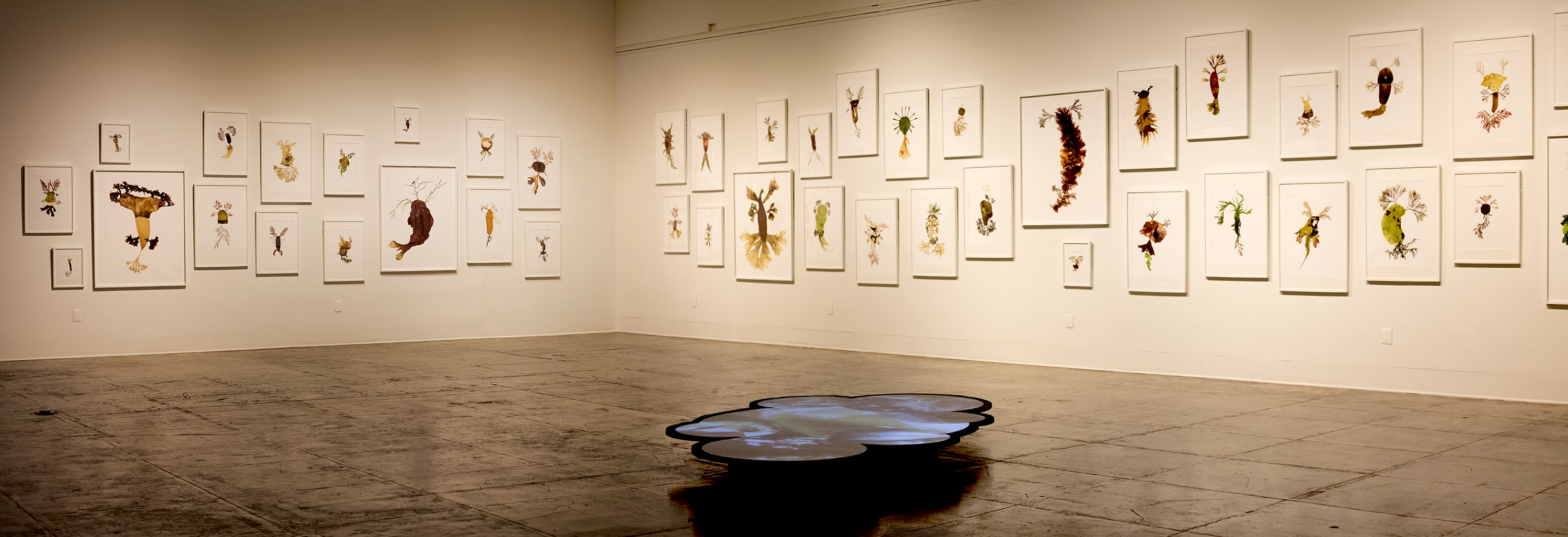

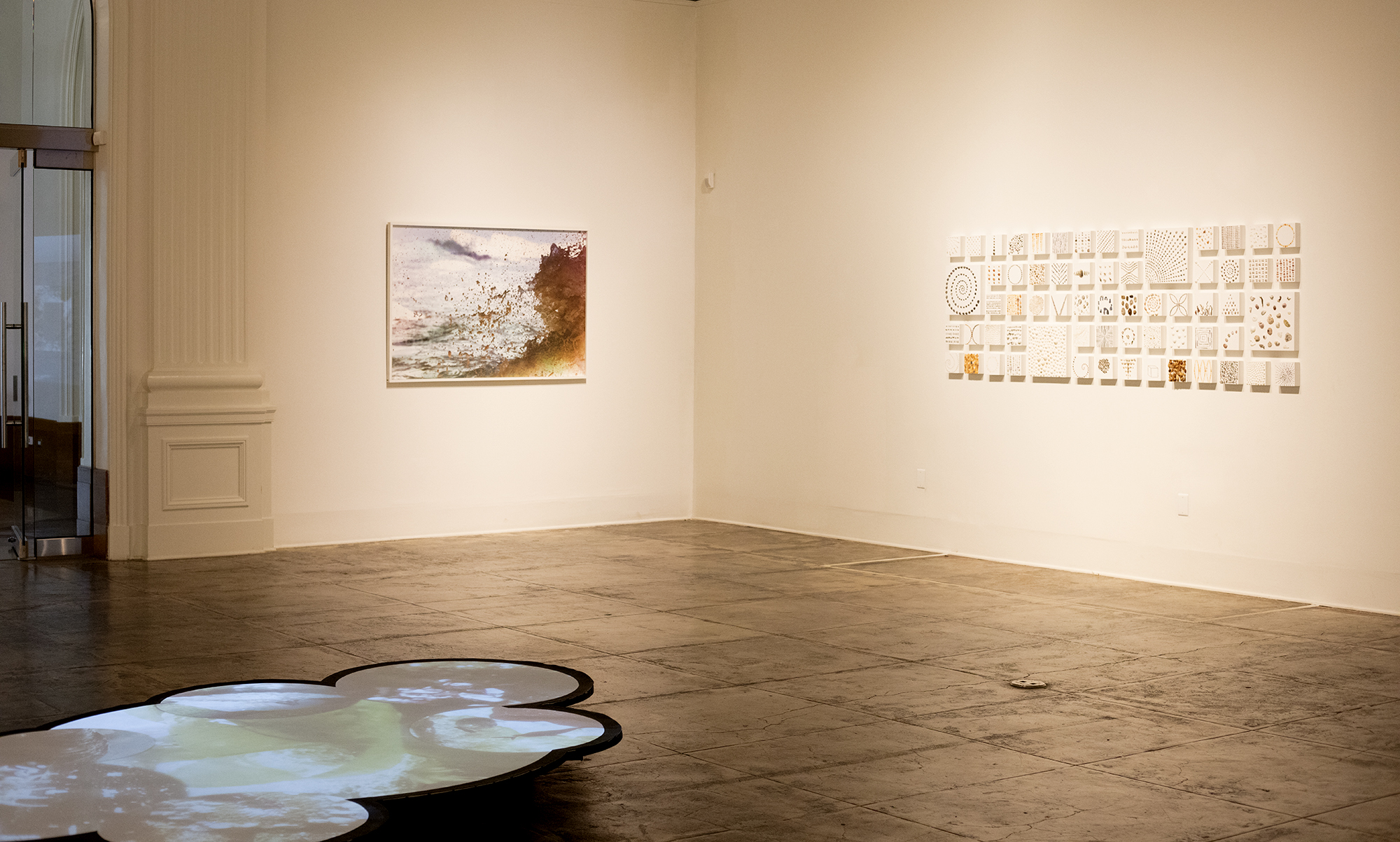
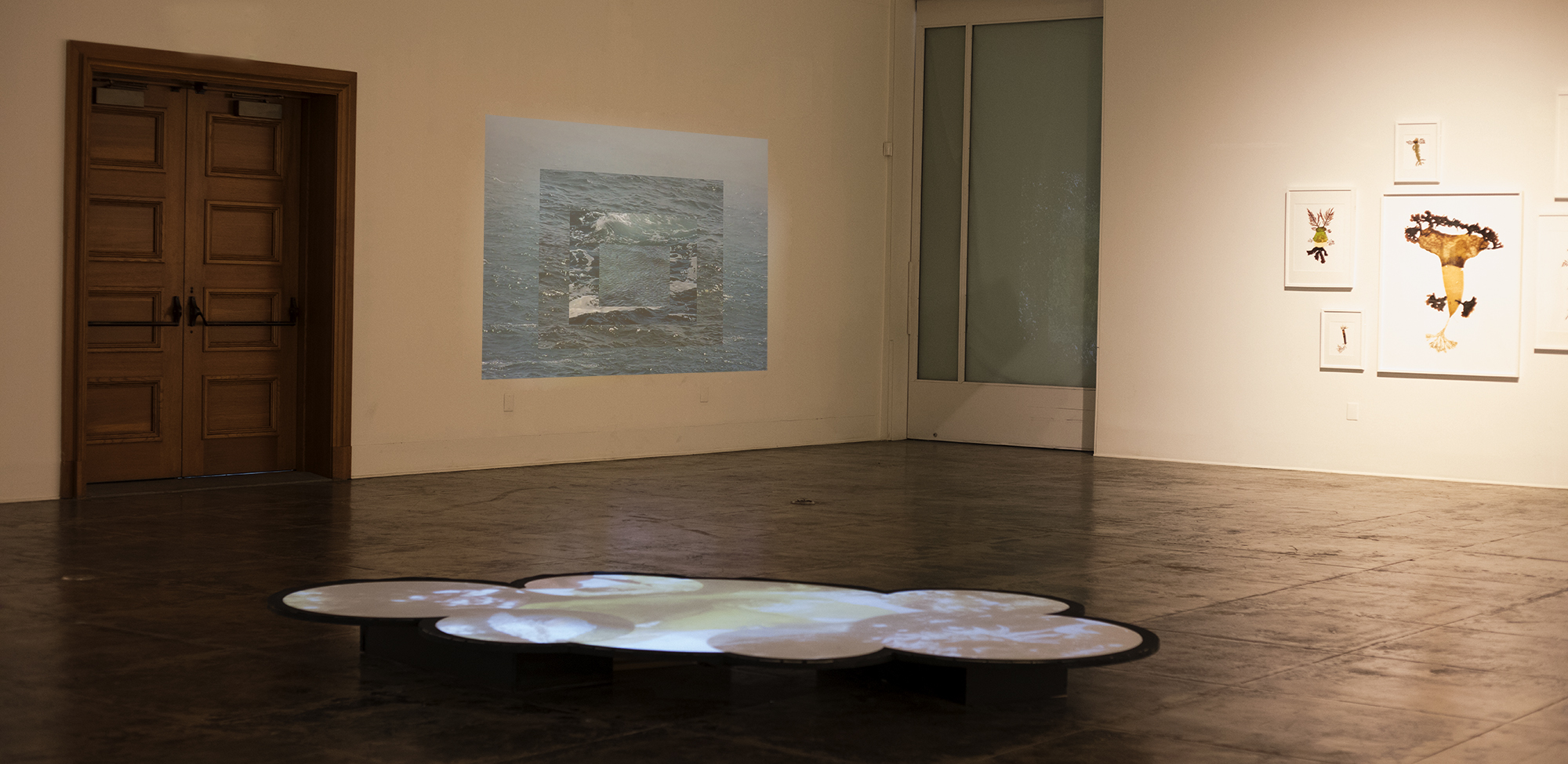
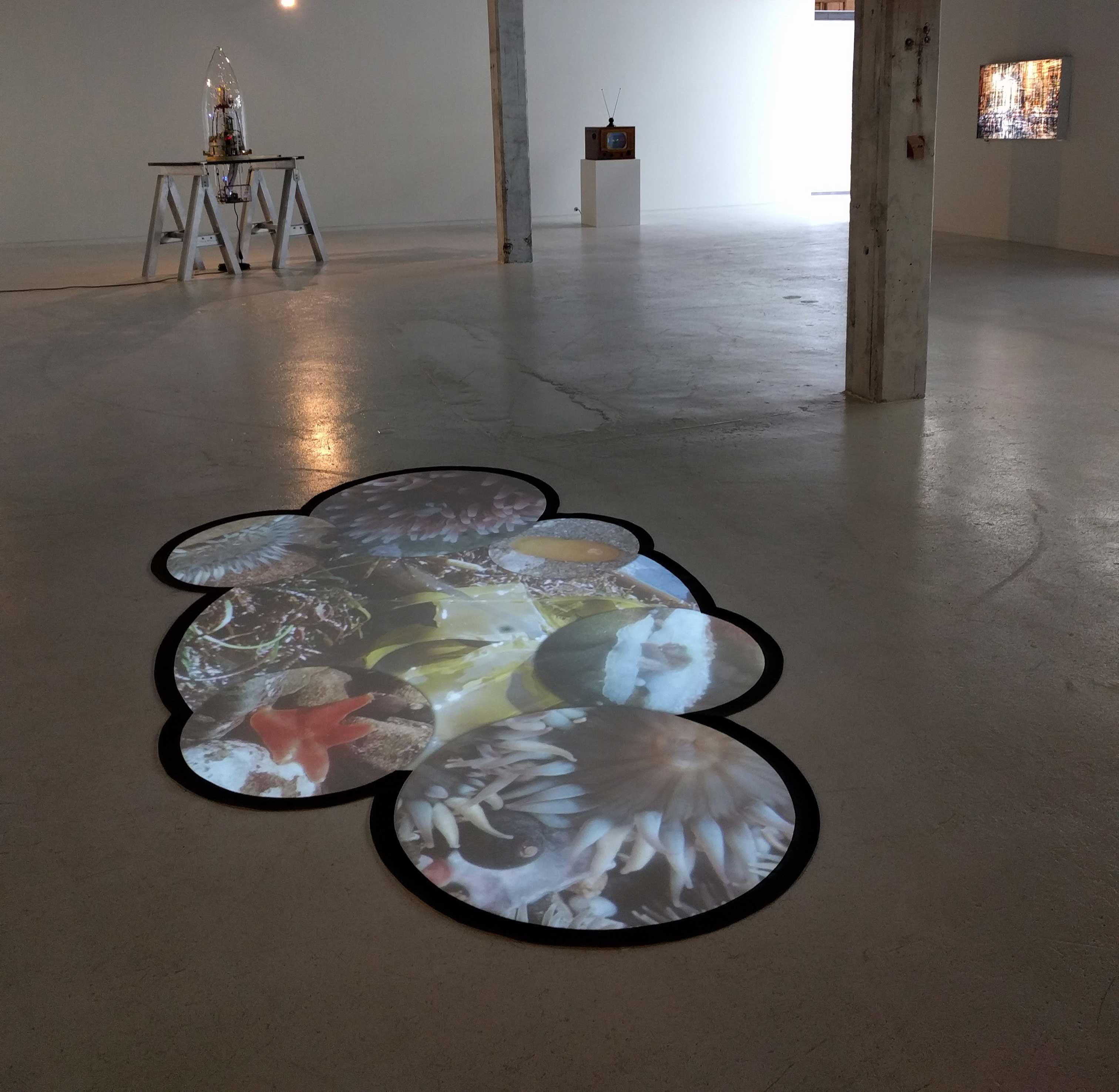 around to posting some photos. So here’s how it works: Pool was shot in the tide pools of Salt Point from late January through April of this year. The video is projected onto the floor, passing through a large dish just below the projector holding about six liters of water. The central video shows a round pool of waves washing seaweed onto the shore, and you can hear the waves lapping over and over. Six round videos surround this central image, each representing a tide pool. Some of the pools show a wide shot of activity, a few are macro close-ups, one is primarily red creatures. There are two other sounds: seagulls and fog horns. The gulls and the foghorns are triggered by electronics, which in turn trigger motors fitted with paddles, which in turn churn the water, which in turn distorts the video with wave patterns. The gulls and fog horns sound infrequently, and give the sensation of peering through the waves.
around to posting some photos. So here’s how it works: Pool was shot in the tide pools of Salt Point from late January through April of this year. The video is projected onto the floor, passing through a large dish just below the projector holding about six liters of water. The central video shows a round pool of waves washing seaweed onto the shore, and you can hear the waves lapping over and over. Six round videos surround this central image, each representing a tide pool. Some of the pools show a wide shot of activity, a few are macro close-ups, one is primarily red creatures. There are two other sounds: seagulls and fog horns. The gulls and the foghorns are triggered by electronics, which in turn trigger motors fitted with paddles, which in turn churn the water, which in turn distorts the video with wave patterns. The gulls and fog horns sound infrequently, and give the sensation of peering through the waves. intertidal zone is a fascinating space between the high and low tides of oceans around the world. It’s a harsh space, subject to constant extremes, and exists in constant oscillation between dry exposure and salty inundation. It seems like a space filled with evolutionary experimentation, but it’s also a highly structured space. Each species fills a specific niche between high and low, wet and dry, exposed and hidden, hot and cold, still and rushing. Each of those narrow zones is susceptible to incessant tidal and seasonal changes. With rising and warming oceans, that’s a recipe for disaster. Many of these species can’t move easily or quickly, some can’t move at all once they become adults (mussels, barnacles, seaweed, etc).
intertidal zone is a fascinating space between the high and low tides of oceans around the world. It’s a harsh space, subject to constant extremes, and exists in constant oscillation between dry exposure and salty inundation. It seems like a space filled with evolutionary experimentation, but it’s also a highly structured space. Each species fills a specific niche between high and low, wet and dry, exposed and hidden, hot and cold, still and rushing. Each of those narrow zones is susceptible to incessant tidal and seasonal changes. With rising and warming oceans, that’s a recipe for disaster. Many of these species can’t move easily or quickly, some can’t move at all once they become adults (mussels, barnacles, seaweed, etc).